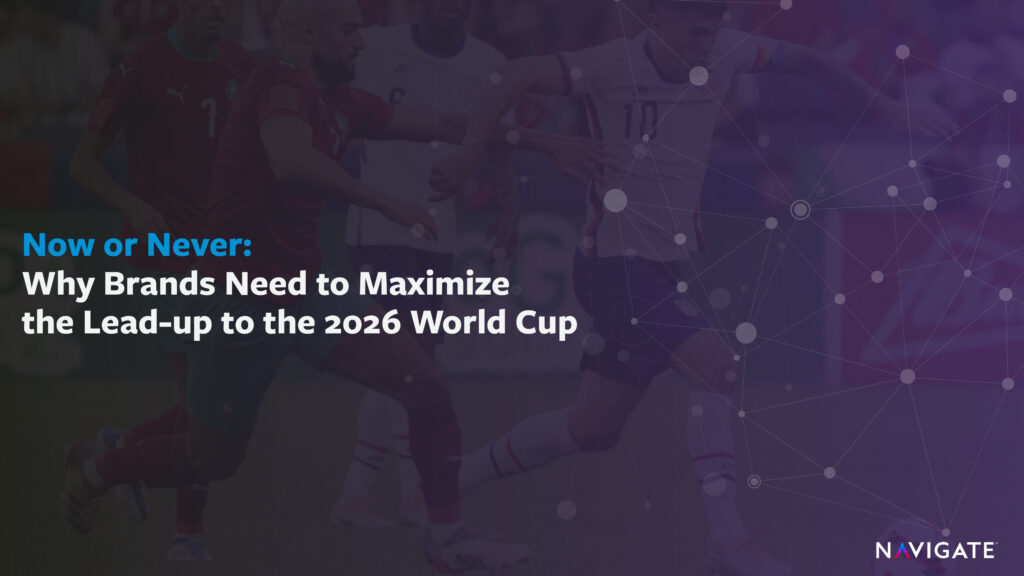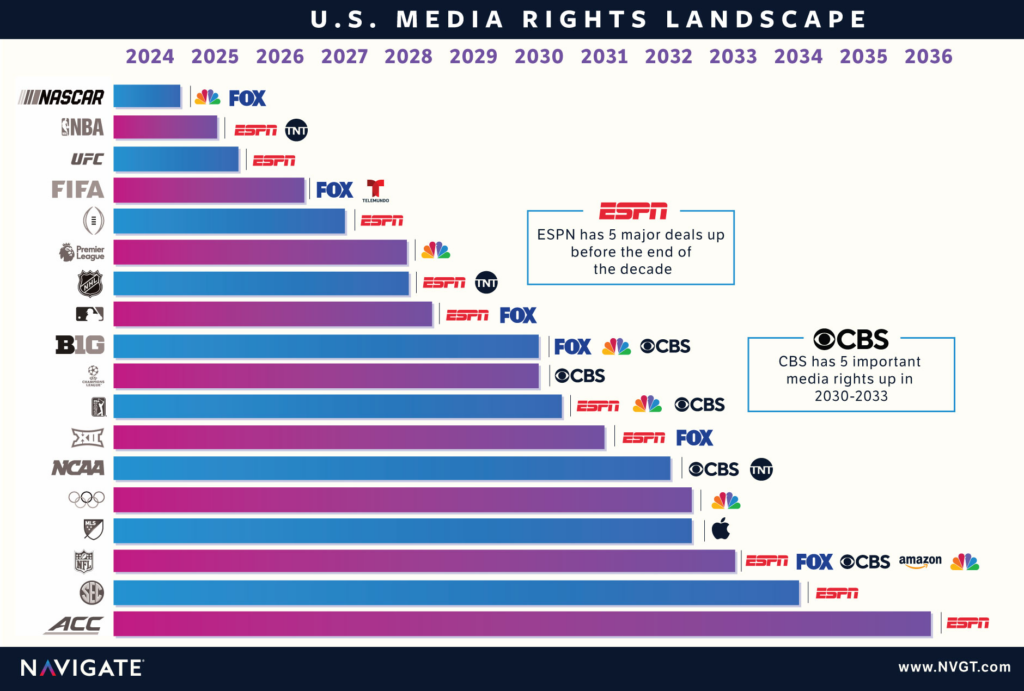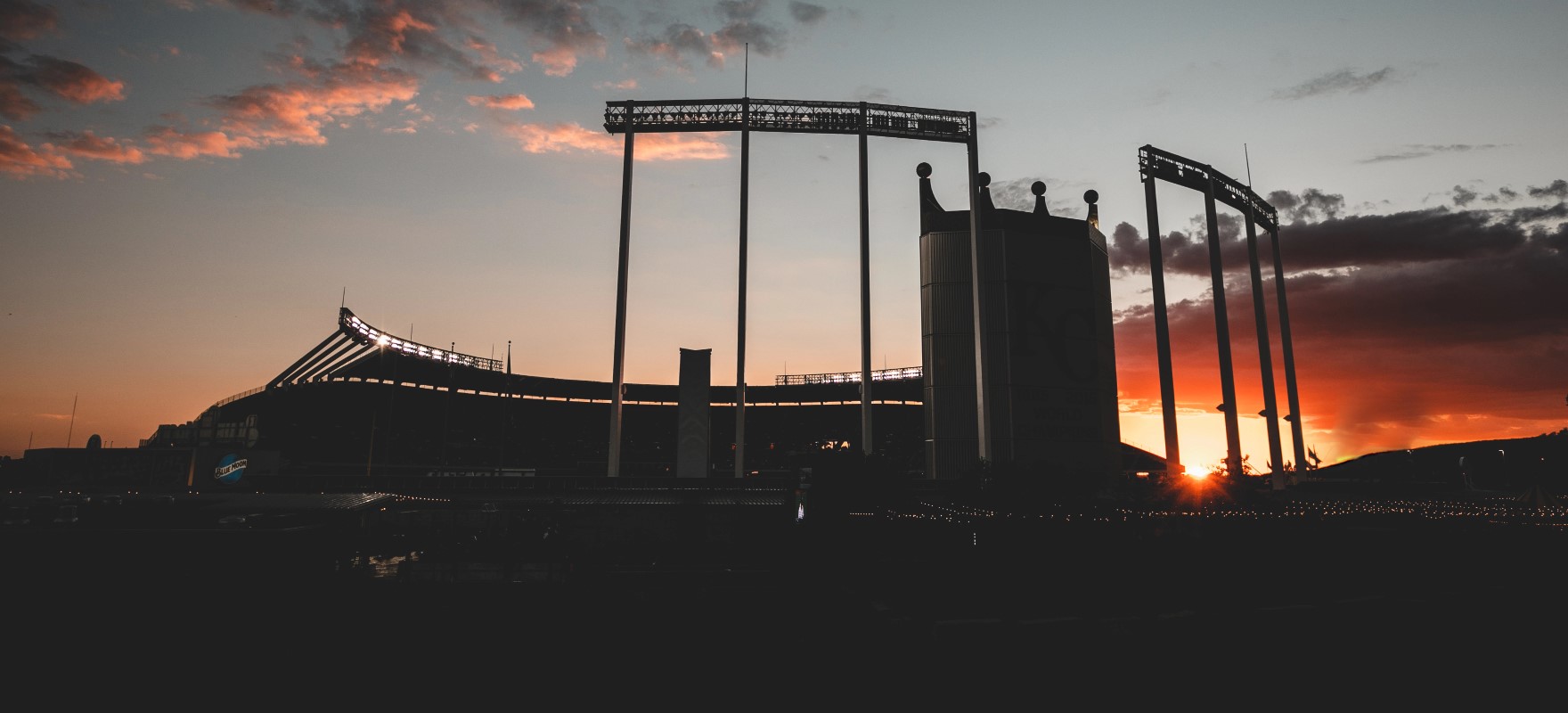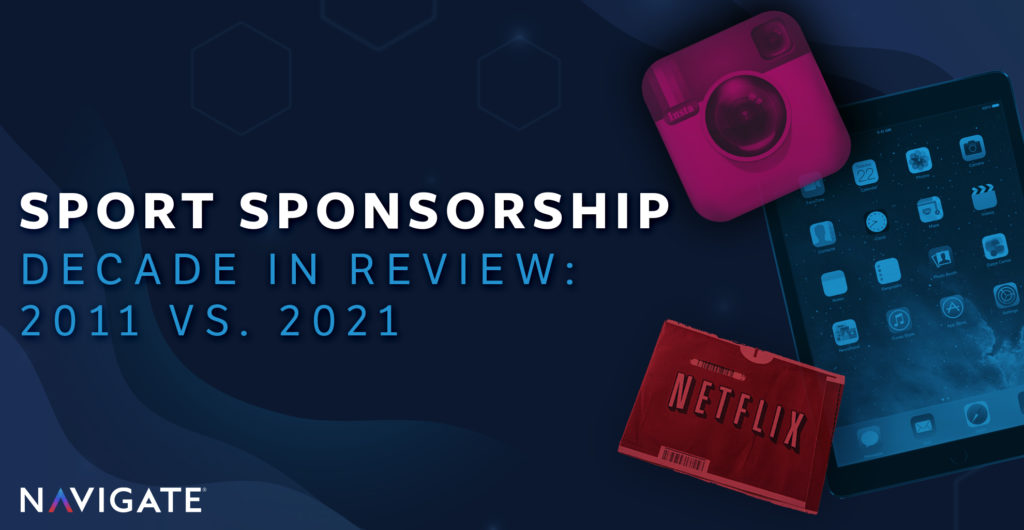
Sponsorship-Fan Relationship Decade in Review: 2011 vs. 2021
The year is 2011…
- Instagram is months old
- The iPad celebrates its first birthday
- People refer to phone apps as ‘mobile applications’
- Oprah concludes her show after 25 years
- Adele emerges with “Rolling in the Deep” and “Someone Like You”
- Netflix is praised as being ‘bold’ for separating its DVD and video streaming services
- Kim Kardashian has an infamous 72-day marriage
- Harry Potter film series ends its sorcery after 8 films over a 10-year span
- Generation Alpha is born
Revisiting the major events of 2011 likely feels a bit strange and even archaic in 2021, yet that was only 10 years ago.
The past decade has brought many shifts to our world.
For many, the most notable shift has been the explosion of communication channels, allowing for the ability to connect with others in ways that were almost unimaginable just ten years ago. While this new layer of communication has had a huge impact on interpersonal relationships (just think about how differently you communicated with others in 2011), it has also allowed for organizations to build engagement and relationships with their customers (and potential customers) consumers in ways that were never possible. This is especially important in the sports and entertainment industry, where relationships are fundamental and paramount.
2011 was the start of my career with Navigate as an intern. My career has been grounded in sponsorship from day one. This includes sponsorship marketing, sponsorship effectiveness, fit, impact, activation, ROI, engagement, measurement, and tracking trends. I have over 10 years of history with studying sponsorship efforts and the voice of the consumer / fan, to then inform strategic sponsorship efforts and enhancements. I’ve learned that it’s truly all about building relationships with your fans / customers, in an authentic way, just as you would in an interpersonal relationship. You want to build a meaningful bond, which leads to loyalty and a lifelong relationship. Really simple, right?
Honestly, that’s how it should be.
In 2011, sponsorship (i.e., the relationship between brands and fans/customers) looked and operated very differently than it does today. We were just starting to think about using social media for business, making things ‘mobile friendly’, using tools like geolocation or QR codes, and the concept of digital activation. The digital business-consumer relationship was just emerging as a means to connect and engage with key audiences. A global pandemic also challenged our industry with new norms and ways to creatively execute marketing objectives via sponsorship.
Over the past 10 years of researching and studying sponsorship, consumers, communication platforms, entertainment outlets, and fan experiences, I’ve learned quite a bit that may be useful for properties, brands and beyond when building fan / customer relationships:
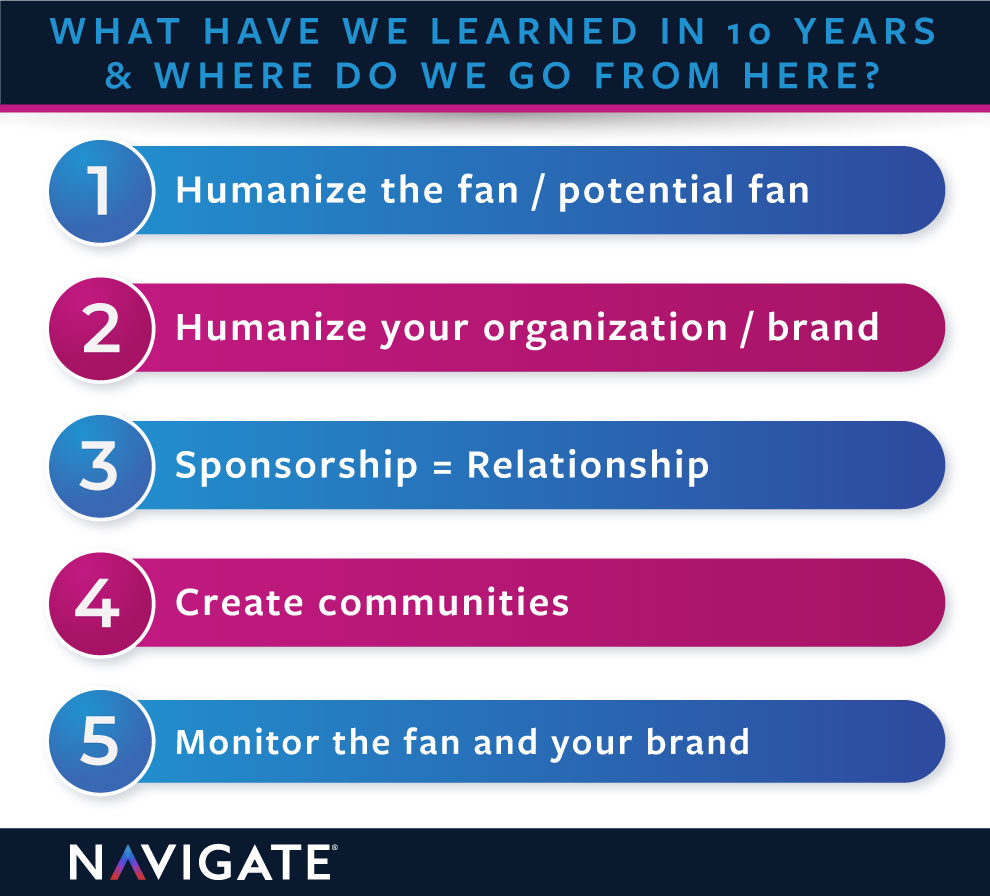
Humanize the fan / potential fan
It sounds strange to say ‘humanize the fan,’ as that should be a given, but oftentimes properties or brands are trying to get to a transaction and lose the human elements of what makes fans / consumers excited, what will truly move them to act. Breaking down the fundamentals is key when thinking about your relationship with the fan or potential fan:
- Five senses are crucial for all interactions, use them to your advantage and think about the way your content makes others feel.
- Employing the Five Love Languages to spark attraction with fans is underutilized.
- Stimulation, memory making, and connection are three key areas for humanizing the fan.
- Fans enjoy routine and familiarity, which can impact their mood and level of happiness; mastering the art of integrating into routine and familiarity can yield powerful results.
- Fans want unique experiences that include all of the above. Note, experience is any moment in time, physical or virtual, not just on-site or in person at a marquee event.
Humanize your organization / brand identity
Fans want to get to know you and build a relationship with you, too.
- Humanize your products and services via activation and social media to extend your brand identity.
- Incorporate your organization’s history and build a foundation + conversation with fans.
- Use other critical people to expound on your ‘relationship’ with your consumers, such as noteworthy athletes, artists, influencers, celebrities and beyond.
- Tell consumers about your values and what matters to you. You are much more than a product, and consumers want to know what you stand for or what matters to you.
- Share upcoming plans, draw on the past and highlight updated learnings. Be more than a product or a service.
Sponsorship = Relationship
Sponsorship, as stated earlier, should be treated as a relationship, not a transaction, using the following criteria:
- Communication – talking about your experience offerings; words make a difference
- Consumer insights – knowing your audiences and maintaining a dialogue with your audience
- Execution – at or above expectations, serving all five senses, all five love languages, trust and safety
- Excitement – atmosphere, performance, added entertainment, winning, scarcity, and rarity
- Memory altering – intentional peak-end moments; community moments; picturesque moments
Create Communities
Fans care about other people and their community, locally and globally. Communities unite us as humans and build loyalty, trust, and continued interdependence. Ensure your sponsorship efforts also consider the community in a meaningful way, such as:
- Show them the good you bring to sports
- Help make them feel part of something bigger
- Provide an outlet and a platform for good that cannot be done by a single individual
- Invest in sustainability and environmental efforts
- Create tradition, chants, culture, etc.
- Create belonging where all are welcome and thoughtfully included
Continuously monitor the fan / potential fan, your brand and the relationship
When decisions are made by gut feel or based on the way things have been done, you start to lose control of your destiny. There will always be things out of your control when it comes to sports, entertainment and sponsorship, but there are many things that organizations can control and should be reviewed on an ongoing basis.
Understanding the impact of your sponsorship from the fan’s / customer’s perspective can bring a lot of insight to what you may get from impressions and CPMs. The ability to assess your sponsorship is crucial and should be automatically accounted for when making any significant investment. If I’ve learned nothing else in the last 10 years, it’s that the only way to make sound decisions is by creating a ‘maintenance’ plan for the relationship with your customers / potential customers (just like you would in any relationship!).
I’d love to talk to you about building authentic relationships and putting a plan in place to measure and maintain those relationships moving forward. Feel free to reach out to me to discuss further and gain more insight: Ally@NVGT.com.




